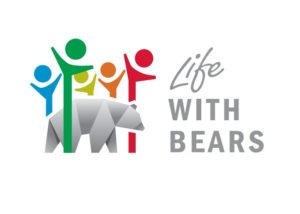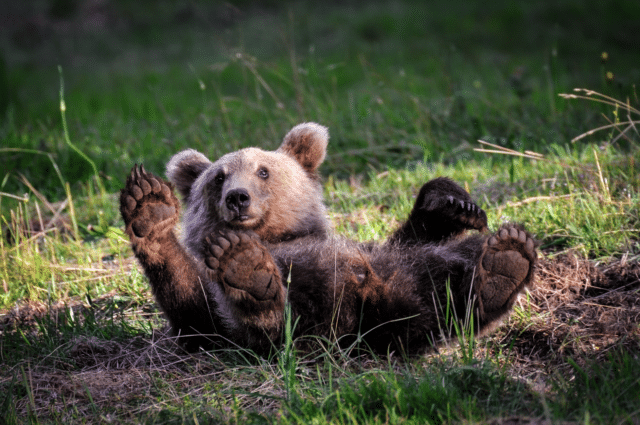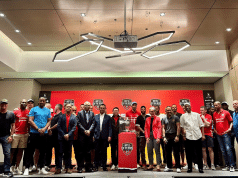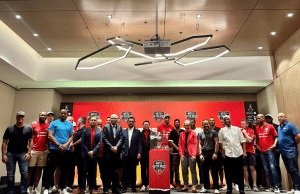The main theme of “Life with bears“, the 26thconference in a row, that will be held in Ljubljana’s Grand Hotel Union, is human-bear coexistence in human-dominated and politically fragmented landscapes. Specific conference topics are designed in a way to welcome recent research results, technical advances, and case studies on a wide spectrum of issues relevant to ensuring a long-term coexistence of bears and humans. A rich scientific programme will be accompanied by a variety of pre and post conference tours, where they will be able to discover Ljubljana’s and Slovenia’s historical, cultural and natural sites.

The invited speakers will share their recent works and knowledge:
Andrés Ordiz focused his work in the last decade on brown bear behavioral reactions to human activities and on inter-specific interactions between apex predators (bears and wolves). Djuro Huber is conducting a brown bear study in Croatia since 1981, which in 1996 expanded to the “Study of large carnivores in Croatia” and included bear, wolf, and lynx. In addition to radio-telemetry, many morphological, physiological, nutritional and genetic aspects are included in the research. John Linnell, senior researcher at the Norwegian Institute for Nature Research, whose research focus adopts multiple disciplinary approaches to understand the complex relationships between humans and wildlife, with a special focus on large carnivores and large herbivores. His research focus is currently moving from the study of human-wildlife conflicts to the study of human-wildlife coexistence, with a focus on exploring the ecological, institutional and social factors that allow wildlife and humans to share space in multi-use landscapes. Tom S. Smith has co-authored papers on human-bear conflict including the efficacy of bear deterrents and histories of bear conflict in North America. In the early 2000s, as a USGS research scientist, Smith began work with polar bears, focusing on denning ecology and human-bear interactions on Alaska’s North Slope. Valeria Salvatori has worked in international environments collaborating with foreign research institutes since 1992, gathering working experience in South America, Africa, Central, and Western Europe. Spatial analyses of environmental processes, mainly wildlife management, policies and conflicts between wildlife and local communities are the subjects of her latest working activities. Rachel Hoffmann, the Director of Conservation Outcomes with the International Union for Conservation of Nature’s (IUCN) Species Survival Commission (SSC). She has been working with the SSC for over 9 years, managing this unique and exceptional network (of approx. 7,000 volunteer experts) to reduce the loss of biodiversity on earth and prevent species extinctions. The extraordinary potential of the SSC to have a significant impact on species conservation at the global scale is often mooted but has never been measured or evaluated.

Lydia Kotler will be holding a workshop on Monday, 17th of September, titled: “Joining forces – how to make ex-situ research more available and beneficial for in situ conservation of brown bears” – with the main goal to establish a closer connection between ex-situ and in situ bear research communities. And with the specific goal to establish an outline for a communication and collaboration structure for research on bears in captivity as well as to prepare a list of relevant research topics.
And on Friday, 21stof September, Anne G. Hertel will host a workshop titled“Bear personalities – Implications of among-individual behavioral variation and how to quantify them”. Objectives of the workshop are to present and discuss: The concept of animal personalities in behavioral ecology, to present case studies why animal personalities can be important for wildlife research and management and Introducing data sources that can be used for quantifying animal personalities in wildlife. And the second workshop titled Implementing robust and cost-effective genetic monitoring of brown bear population size will be held by Tomaž Skrbinšek, LIFE DINALP BEAR project. The main goal of the workshop is to discuss the state of the art in genetic monitoring of brown bear population size.
For more information visit this link.














